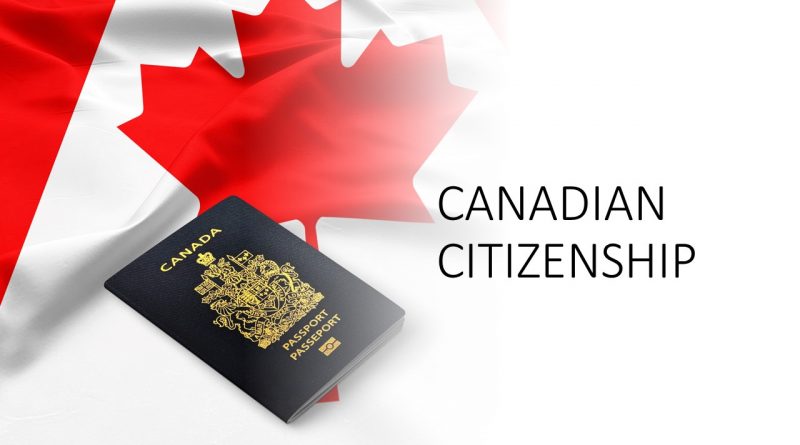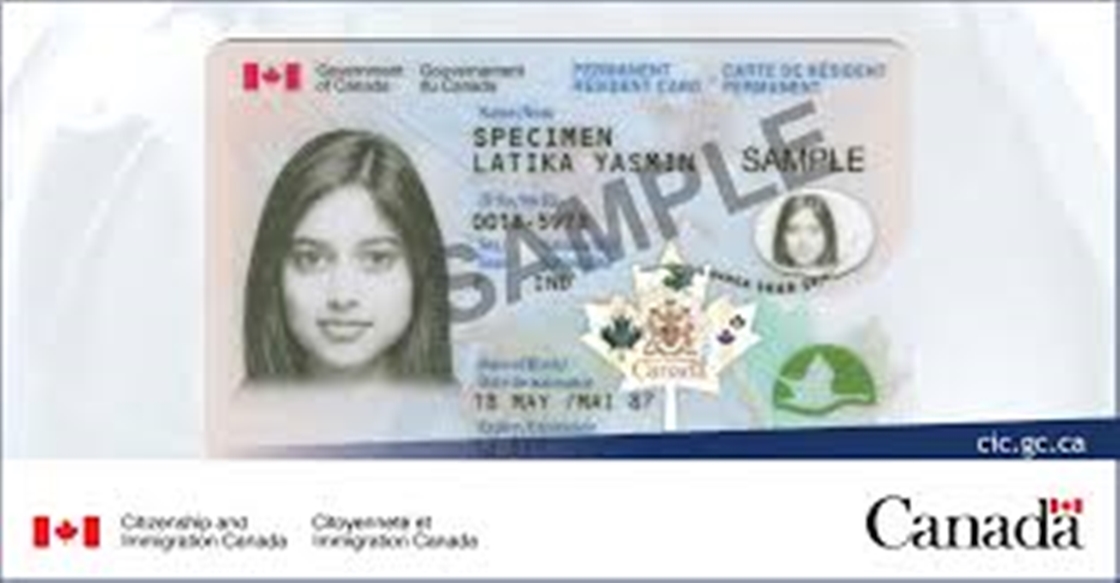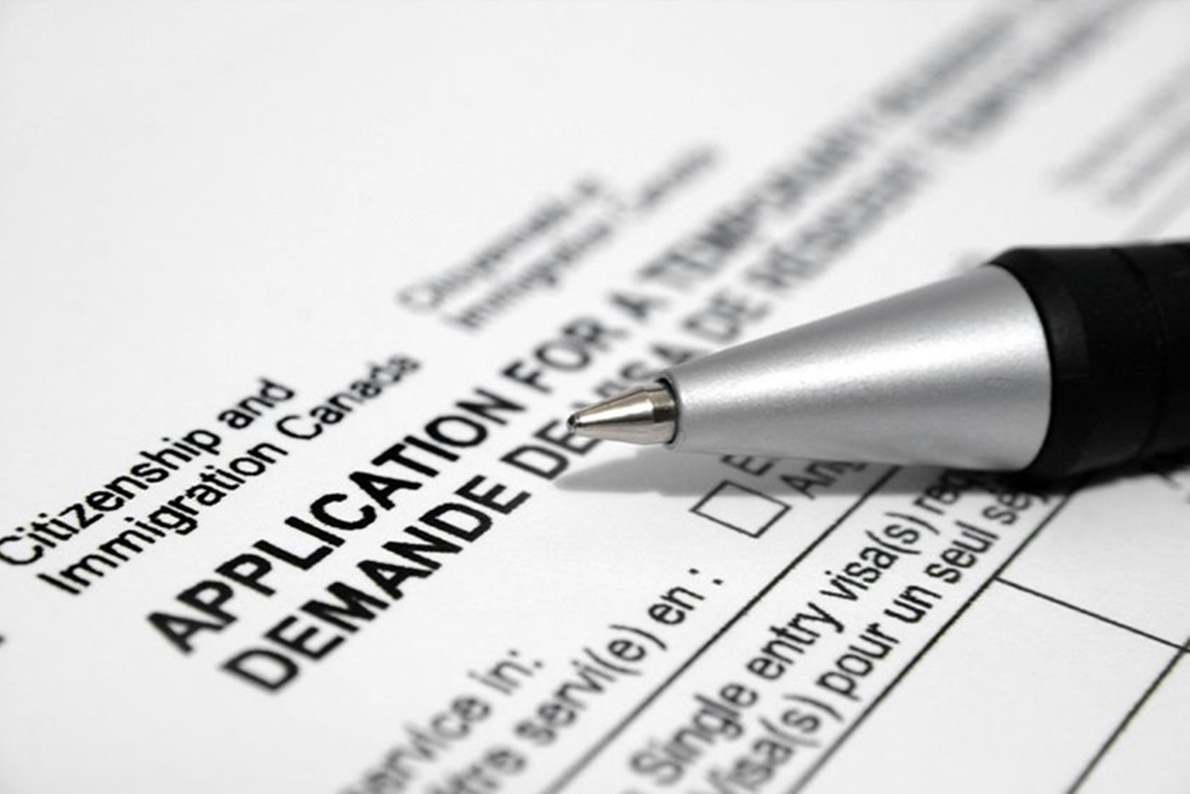Application for Canadian Citizenship: Adults
Form NR73, Determination of Residency Status (Leaving Canada)
Tax treaties
Canada has tax conventions or agreements, commonly known as tax treaties, with many countries which are designed to avoid double taxation and to prevent tax evasion. Learn more about tax treaties.
Immigration status
Your immigration status and tax filing obligations: Your immigration status tells you if you can live, work, or study in Canada. It reflects your reasons for being in Canada and the length of your stay. Unlike your residency status, it does not tell you your tax obligations.
Your immigration status and government payments: To receive any benefit and credit payments, including any related provincial and territorial payments, you need to be a resident of Canada for income tax purposes. For some payments, you also need a valid immigration status.
As a newcomer to Canada, your immigration status could be:
Permanent resident:
- individuals who have been given permanent resident status, including permanent resident card holders or those who have received confirmation of permanent residence (document IMM5292 or IMM5688) from Immigration, Refugees and Citizenship Canada (IRCC)
Protected persons (refugees):
- individuals who have been granted protected person status by IRCC or the Immigration and Refugee Board of Canada (IRB)
Note: Refugee claimants, those who are in the process of applying for refugee status, may be residents for tax purposes but do not hold a valid immigration status permit until their claim is approved.
Temporary resident:
- individuals who hold permits such as study permits, work permits, visitor records, and temporary resident permits issued by IRCC
- individuals who maintain temporary resident status by applying to extend their permit before it expires
The CRA uses your immigration and residency statuses to determine if you qualify for government payments and when you can start receiving them. For example, a temporary resident can start receiving the Canada child benefit (CCB) payment in the 19th month they have lived in Canada, provided they continue to hold a valid permit and meet all other eligibility requirements. Make sure to update the CRA if your temporary residence permit gets renewed to keep getting payments.
Learn more: Types of immigration status documents
- must demonstrate adequate knowledge of English or French (if you are between 18 and 54 years old when you apply)
If you’re between 18 and 54 years old when you sign your application, you must show an adequate knowledge of speaking and listening skills in English or French.
An “adequate knowledge” is equivalent to level 4 in Canadian Language Benchmarks (CLB) or Niveaux de compétence linguistique canadien (NCLC).
- must demonstrate you have knowledge of Canada and of the responsibilities and privileges of citizenship (if you are between 18 and 54 years old when you apply – this is assessed after you apply)
- can’t have any unfulfilled conditions relating to your permanent resident status
- can’t be under a removal order (asked by Canadian officials to leave Canada)
- can’t be inadmissible or prohibited on criminal or security grounds
Use this tool to check if you’re eligible to apply.
If you are not sure whether you have Canadian citizenship or not, see if you may already be a citizen.
Application Package
Most applicants can now apply online to become a Canadian citizen.
Travel journal
The application package includes an instruction guide and all the forms you need to fill out.
The application package includes:
- Instruction Guide
- Application for Canadian Citizenship – Adults (CIT 0002) (opens in new tab)
- Document Checklist (CIT 0007) (opens in new tab)
- Citizenship Photo Specifications
If required:
- Residence Outside Canada (CIT 0177) (opens in new tab)
- Use of a Representative (IMM 5476) (opens in new tab)
- Request to Correct a Date of Birth for a Permanent Resident Document or Citizenship Certificate [IRM 0003] (PDF, 2.4 MB)
- Request form for a Change of Sex or Gender Identifier (IRM 0002) (opens in new tab)
Prepare a complete application
To make sure you submit all the pages of the application form with your application package, follow these steps:
- Click the “Validate” button at the top or bottom of the form.Note: Validating the form before printing makes sure that you have answered all the questions. This will help you to avoid delays in processing your application.
- A last page with barcodes will automatically be created.
- Print and sign the form.Note: For best results print on white, bond-quality, non-glossy paper using a laser printer.
- Place the barcode page on top of your package. If you have more than one package, place a separate barcode page on each one.
![]() Get help to open an application form or to fill one out in the Help Centre.
Get help to open an application form or to fill one out in the Help Centre.





